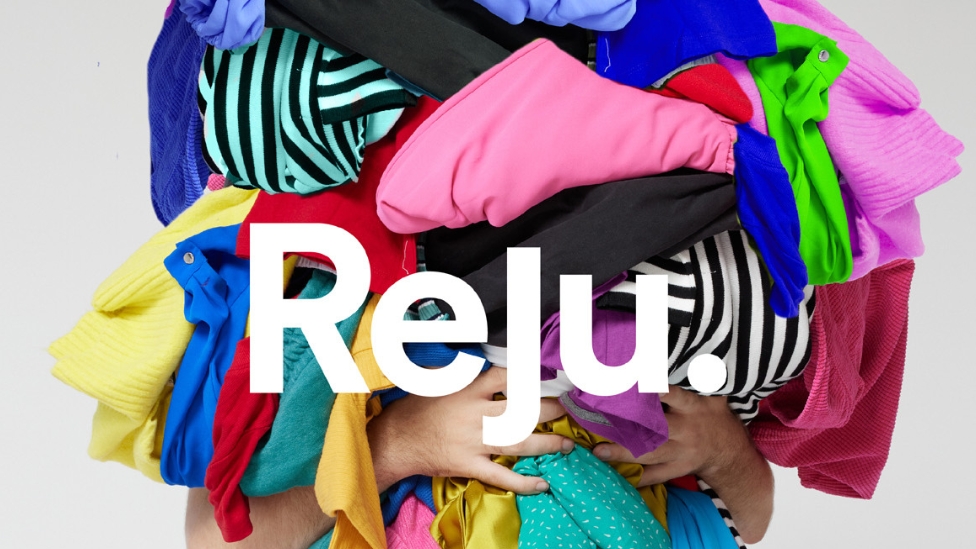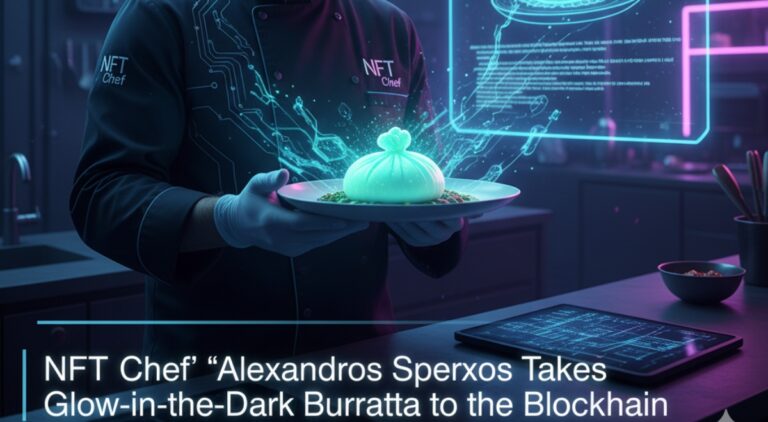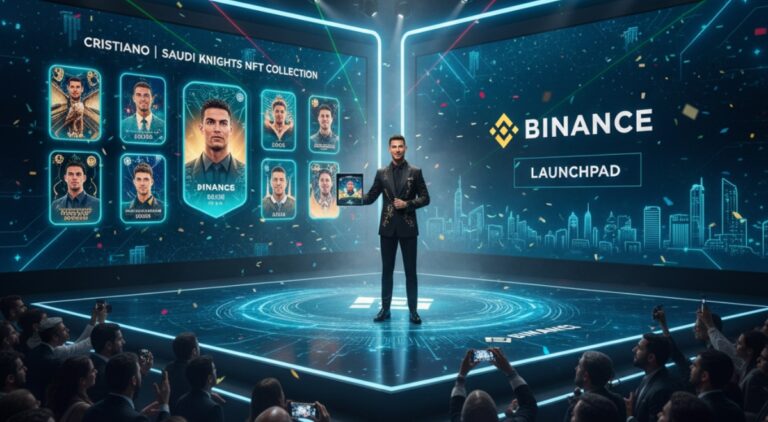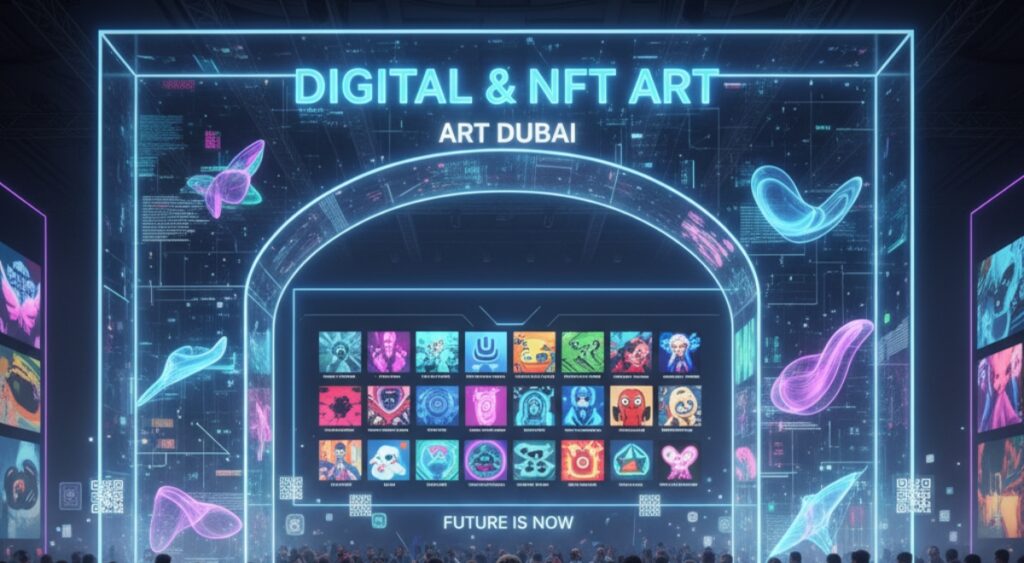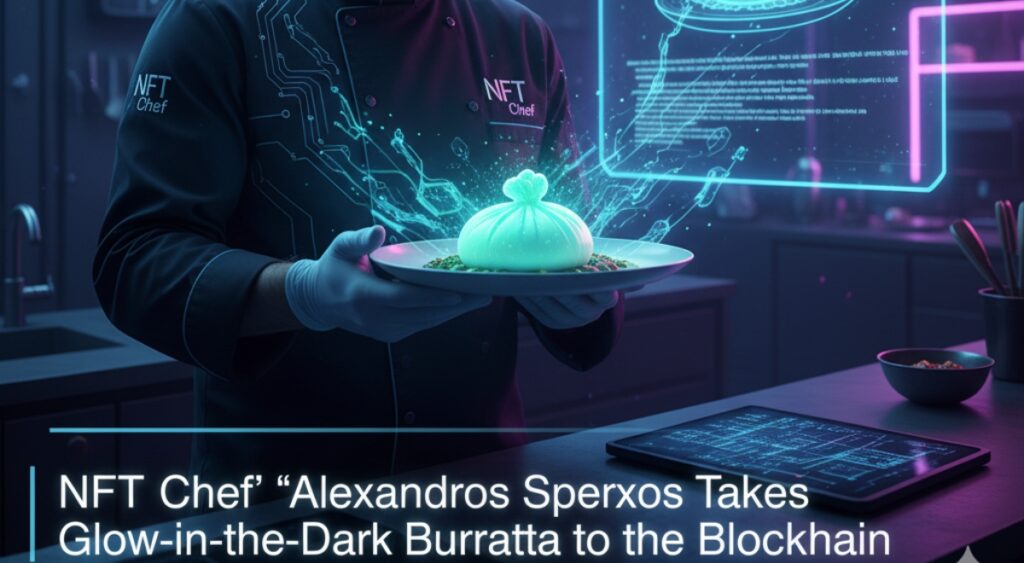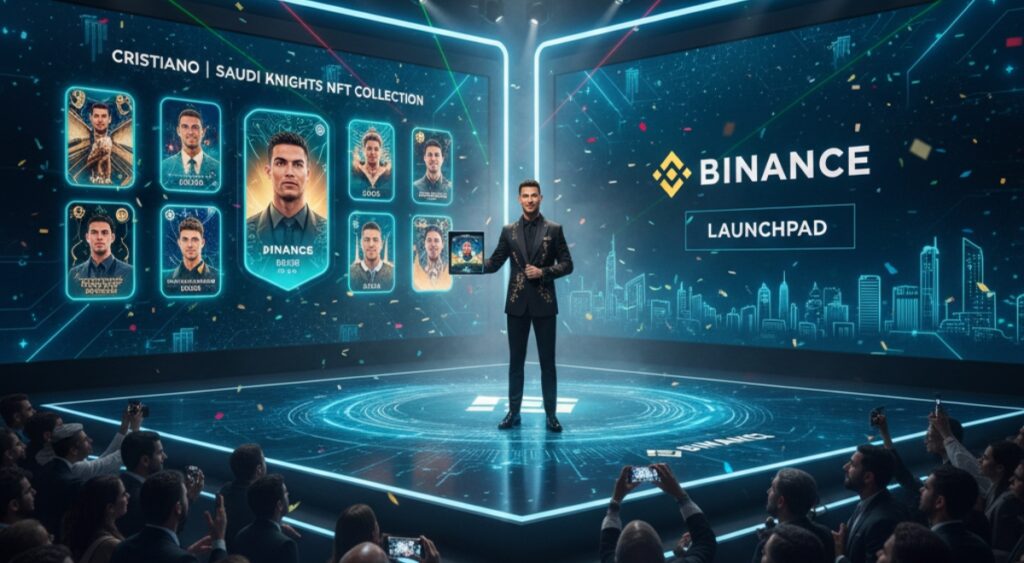This month’s top ten most expensive NFTs sold
Eye-watering transactions are drawing attention from all over the world as the Non-Fungible Token (NFT) market continues to revolutionize digital ownership and artistry. High-profile sales this month have highlighted the increasing desire for classic and rare NFTs once more. The top ten most costly NFTs that were sold this month are examined in depth below, along with information on their value and the reasons why collectors are prepared to shell out millions of dollars for these digital assets. Demand Sage is the source of the data.
1. The $91.8 million merger
Artist: Pak Murat
One of the most brilliant blockchain projects in NFT history is Murat Pak’s The Merge. This work is actually a collection of digital masses that are offered for sale as separate NFTs rather than a single piece of art. Every purchase added to the total mass, resulting in a vibrant, interactive artwork.
The Reason It’s Worth It: Pak’s dominance in the digital art field was cemented when it became the highest-grossing NFT due to its collaborative nature and the artist’s renown in the crypto-art space.
2. Daily Life: The Initial Five Thousand Days – $69.3 Million
Beeple is the artist.
Over the course of 13 years, Beeple produced 5,000 pieces of art per day, which are collected in this digital collage. Every picture conveys cultural, political, and sociological commentary.
Why It’s Valuable: Beeple’s piece was a pioneer in the fusion of traditional art and NFT, being among the first NFTs to be sold by a major auction house (Christie’s).
3. $52.8 million clock
Artists: Pak and Julian Assange
The number of days Julian Assange, the founder of WikiLeaks, has been incarcerated is tracked by this dynamic digital clock, or NFT. The money raised went to Assange’s legal defense fund.
The Reason It’s Worth It: Prominent collectors and advocacy organizations were drawn to it because of its combination of art, activism, and blockchain technology.
4.$28.95 million for Human One
Beeple is the artist.
An astronaut who is always changing while traversing constantly shifting environments is shown in the hybrid physical-digital sculpture HUMAN ONE.
The Reason It’s Worth It: This avant-garde work, which provides constant updates from the artist, represents Beeple’s investigation of the boundaries between digital and physical art.
5. CryptoPunk #23.7 Million #5822
Larva Labs is the artist.
One of the earliest NFTs made on the Ethereum blockchain was CryptoPunks. The uniqueness of Punk #5822, a rare alien-type NFT, is noteworthy.
The Reason It’s Worth It: There are only nine CryptoPunks in the alien category, and collectors are in high demand due to their scarcity.
6. CryptoPunk #11.75 Million, #7523
Larva Labs is the artist.
Often called the “Covid Alien,” this punk belongs to the elite alien subgroup and wears a medical mask.
Why It’s Valuable: Its exceptional qualities and pandemic relevance helped to drive up its extremely high worth.
7. The $10.5 million TPunk #3442
Artists: @bastardber and @mondiblo
Based on the Tron blockchain, TPunks, also known as Tron Punks, are a subgenre of CryptoPunks. The straightforward yet recognizable design of TPunk #3442 makes it noteworthy.
The Reason It’s Worth It: Justin Sun, the founder of Tron, bought it, and it became a defining piece for Tron blockchain aficionados.
8. $10.26 million in CryptoPunk #4156
Larva Labs is the artist.
One of the main characteristics of the CryptoPunk collection is the distinctive blue bandana worn by this punk.
The Reason It’s Worth It: The auction demonstrated the continued attraction of CryptoPunk among collectors and its cultural effect.
9. 7.7 Million CryptoPunk #5577
Larva Labs is the artist.
Punk #5577 stands out in the collection because it wears a cowboy hat.
Why It’s Valuable: Its scarcity and the fact that a blockchain executive bought it made it even more desirable.
10. CryptoPunk: $7.58 million, #3100
Larva Labs is the artist.
Punk #3100’s attraction is increased by the fact that it belongs to the alien subgroup and has a headband.
The Reason It’s Worth It: Its austere style and position as an alien-type CryptoPunk made it a sought-after item.
Trends Affecting High-Valued Sales in the NFT Market in 2024
Uniqueness and Scarcity
The benefit of own something genuinely unique on the blockchain is demonstrated by NFTs such as CryptoPunks and The Merge.
Innovation in Technology
The potential of combining digital and physical art is demonstrated by hybrid works such as HUMAN ONE.
Cultural Significance
Works like Clock draw advocacy-driven customers by addressing important societal challenges.
Interest from Investors
Many high-value NFTs are purchased with the expectation that they would increase in value in the future.
Artist’s Credibility
Brands like Beeple and Pak fetch high prices, attracting the interest of both investors and collectors.
Issues and Rebuttals to Pricey NFTs
Effects on the Environment
Sustainability issues are brought up by blockchain operations that use a lot of energy.
The Bubble of Speculation
Some prices, according to critics, are unsustainable and motivated more by hype than by inherent value.
Accessibility
The market may be restricted to a small number of purchasers due to the high barrier to entry.
Prospects for NFTs in the Future
With its incorporation into a number of industries, including gaming, music, and real estate, the NFT market is still growing. The emergence of utility-driven NFTs, developments in blockchain technology, and the investigation of sustainable practices are some of the upcoming trends.
Although high-value transactions make headlines, developing easily accessible and eco-friendly solutions may be essential to the wider adoption of NFTs.
Concluding remarks
The intriguing nexus of art, technology, and money is highlighted by the top ten most costly NFTs that were sold this month. These digital assets, which range from technological wonders to culturally significant pieces, are changing the way that value is viewed in the contemporary era. As the NFT market develops, it will keep spurring creativity and redefining ownership limits.

